Educational Presentation: Risk Management in Healthcare (Nursing)
VerifiedAdded on 2022/08/08
|15
|898
|28
Presentation
AI Summary
This assignment is a PowerPoint presentation focusing on risk management in healthcare, specifically addressing the importance of hand hygiene to improve patient safety and overall health outcomes. The presentation covers several key areas including the introduction to risk management, the rationale behind implementing such strategies, providing support for the strategies, outlining implementation steps, identifying challenges, and proposing solutions to mitigate those challenges. It also includes an evaluation of the risk management strategy, opportunities for implementation, and recommendations for further improvement. The presentation emphasizes the need for effective monitoring, staff education, and awareness to promote a safe and healthy environment within healthcare settings, supported by at least six credible sources. The presentation addresses the critical role of healthcare organizations in prioritizing patient safety through the consistent use of hand hygiene practices. Desklib offers this presentation along with other academic resources.
1 out of 15
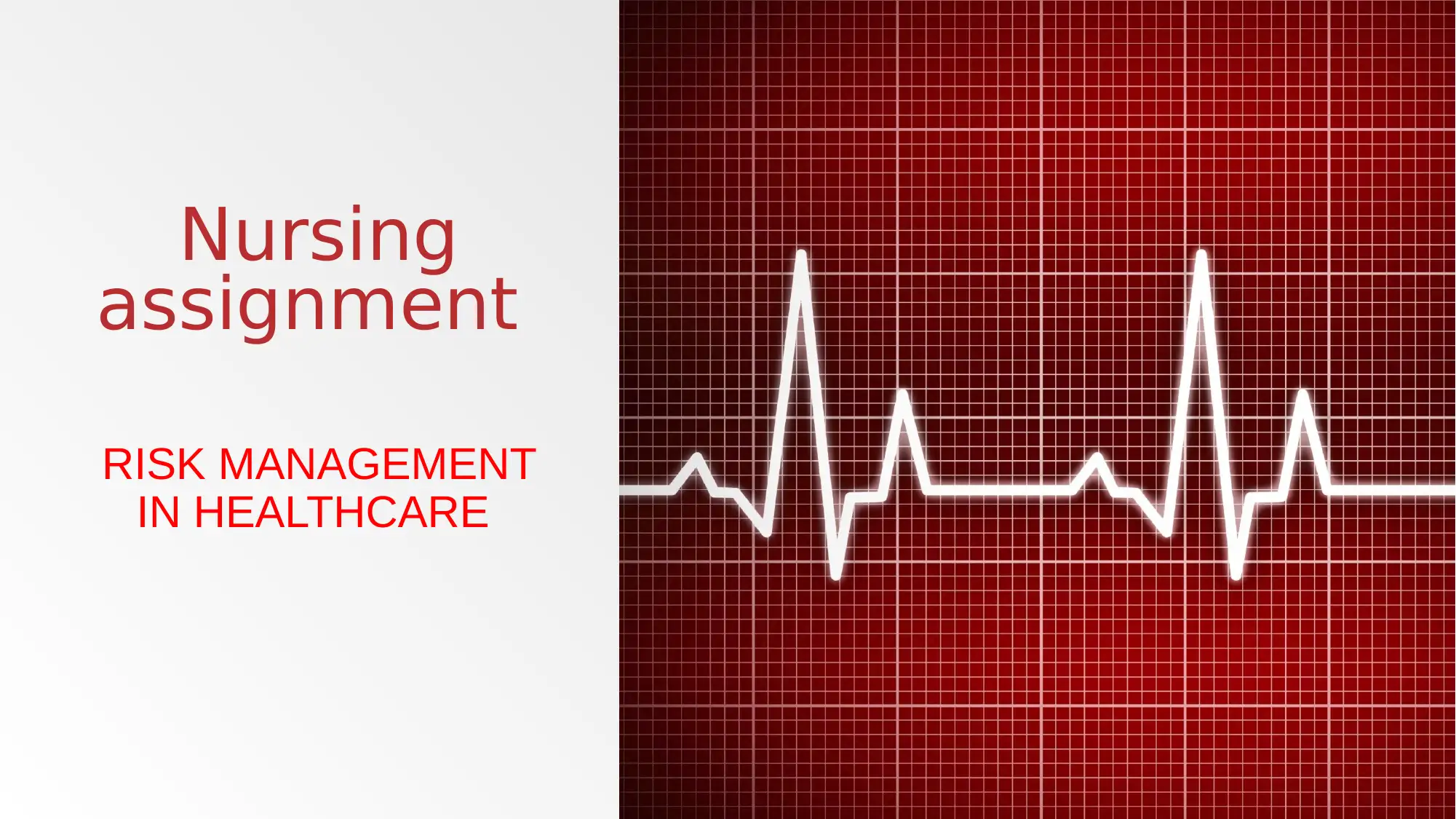
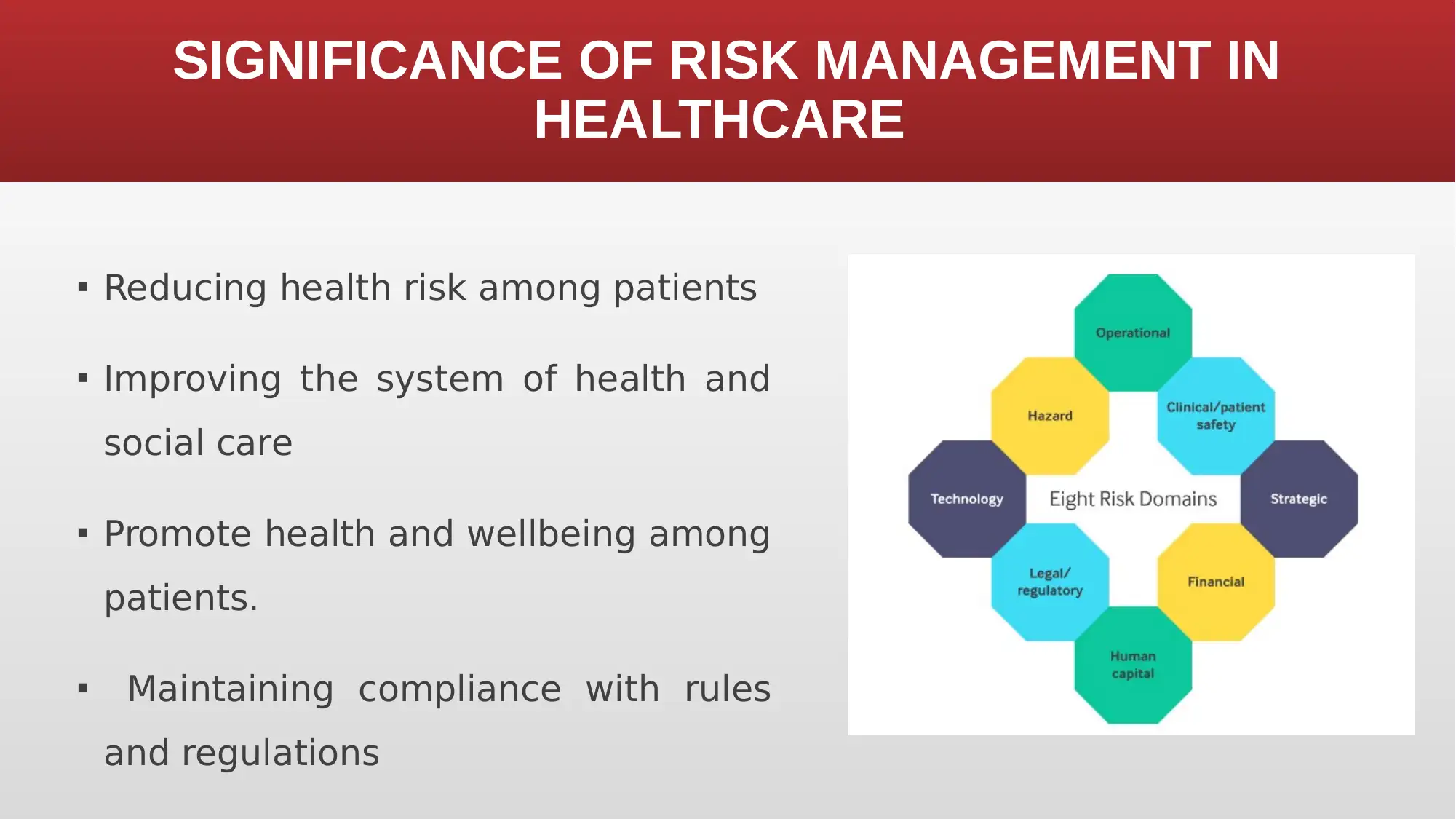
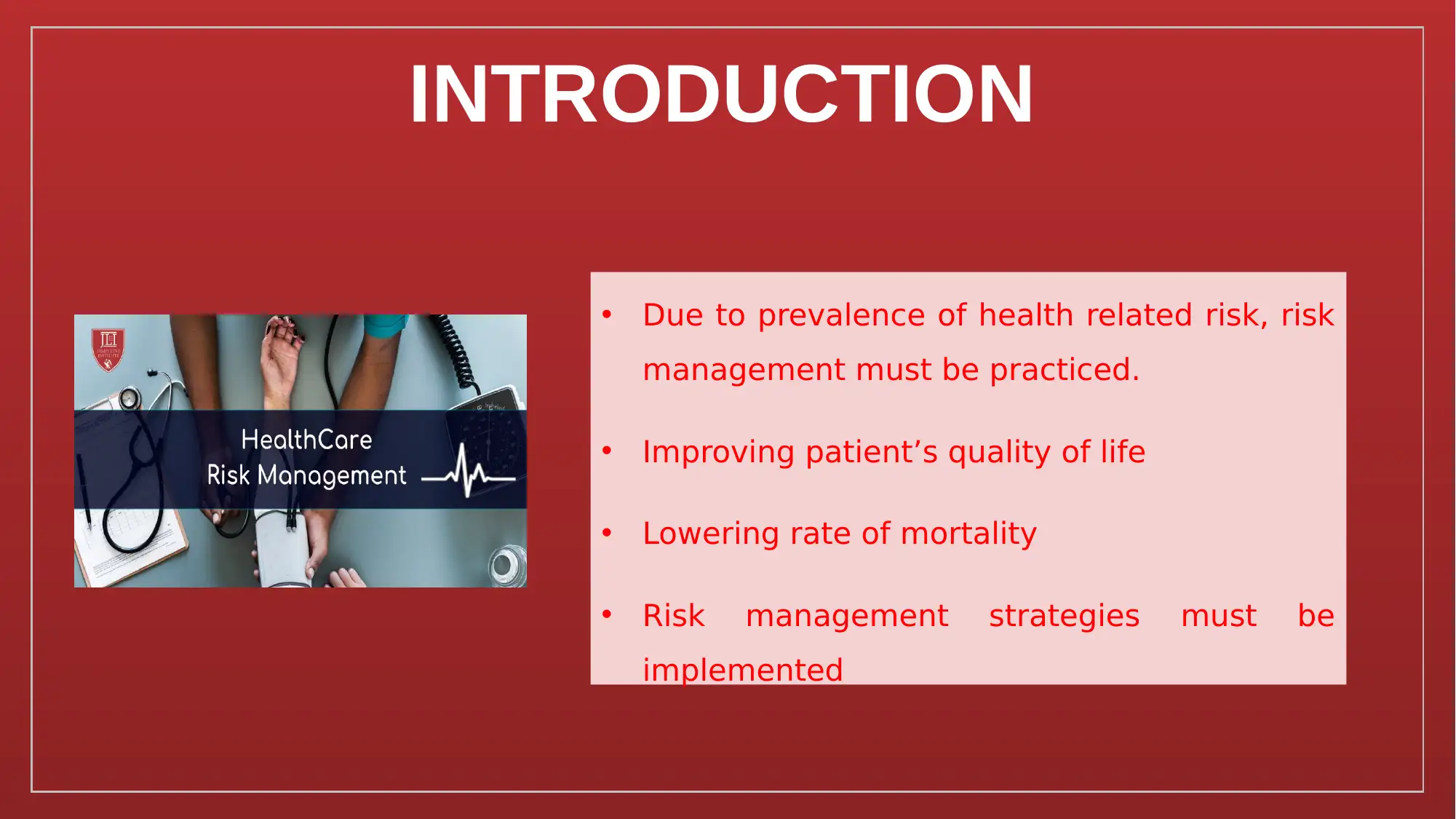

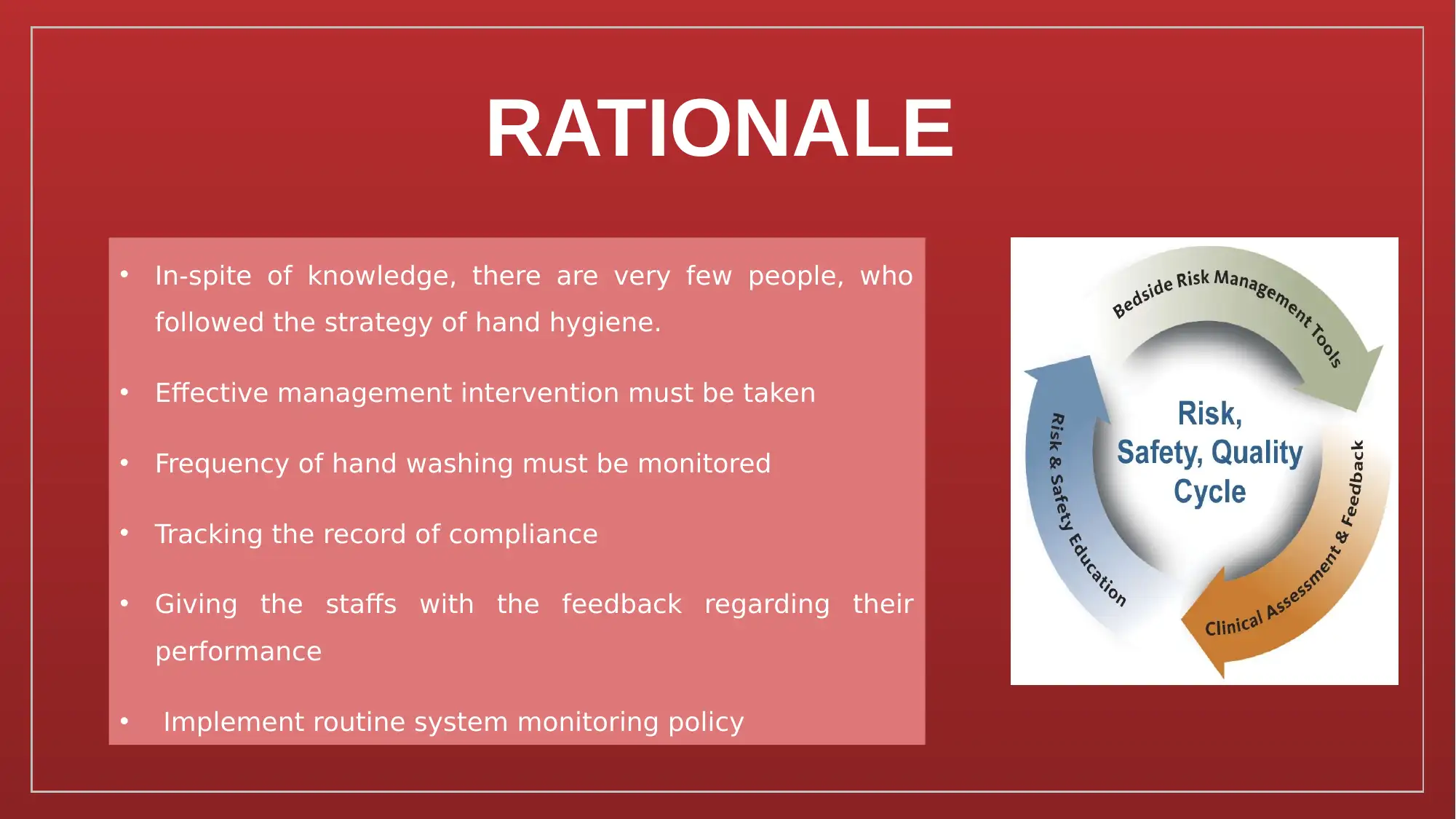
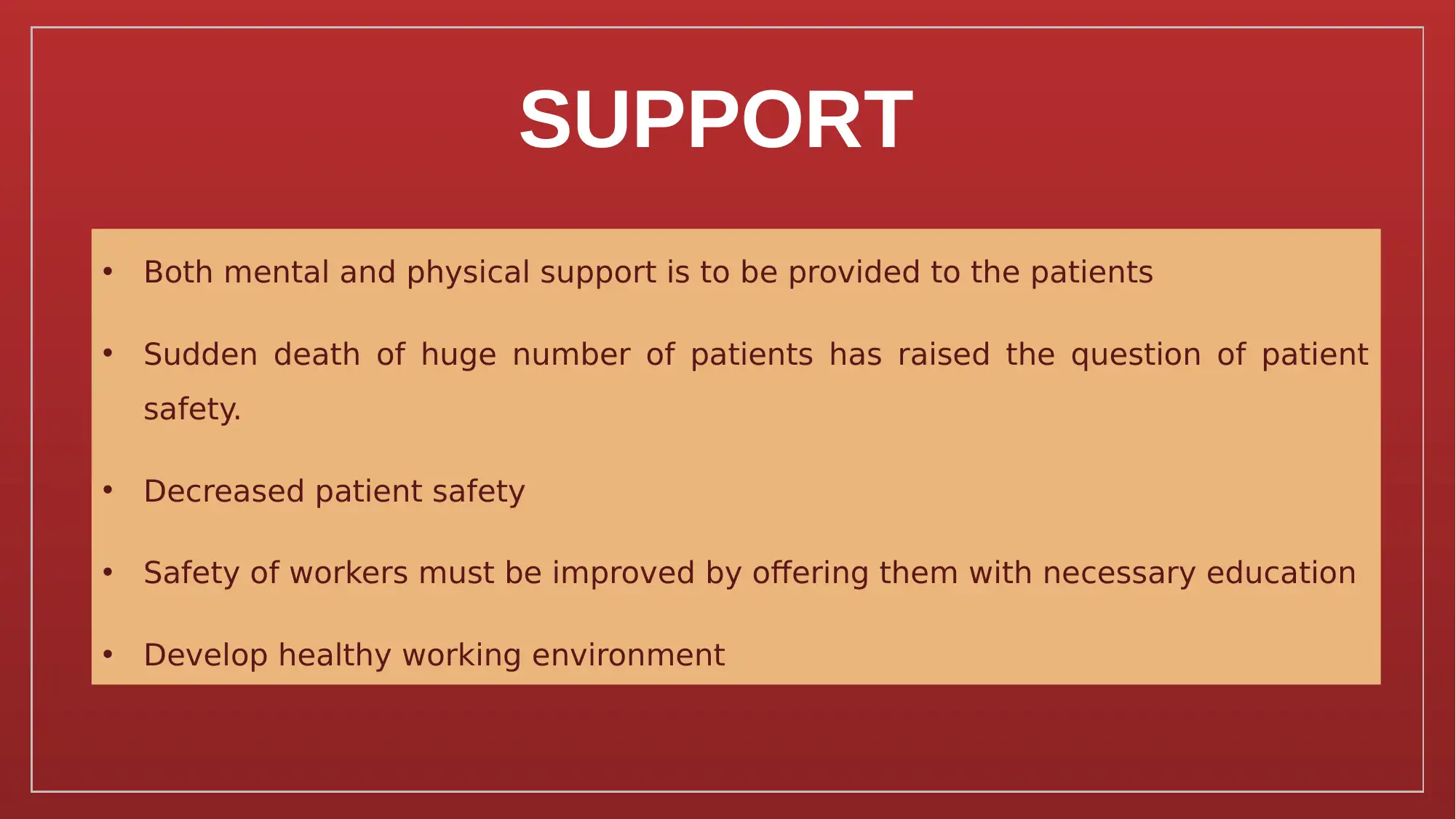
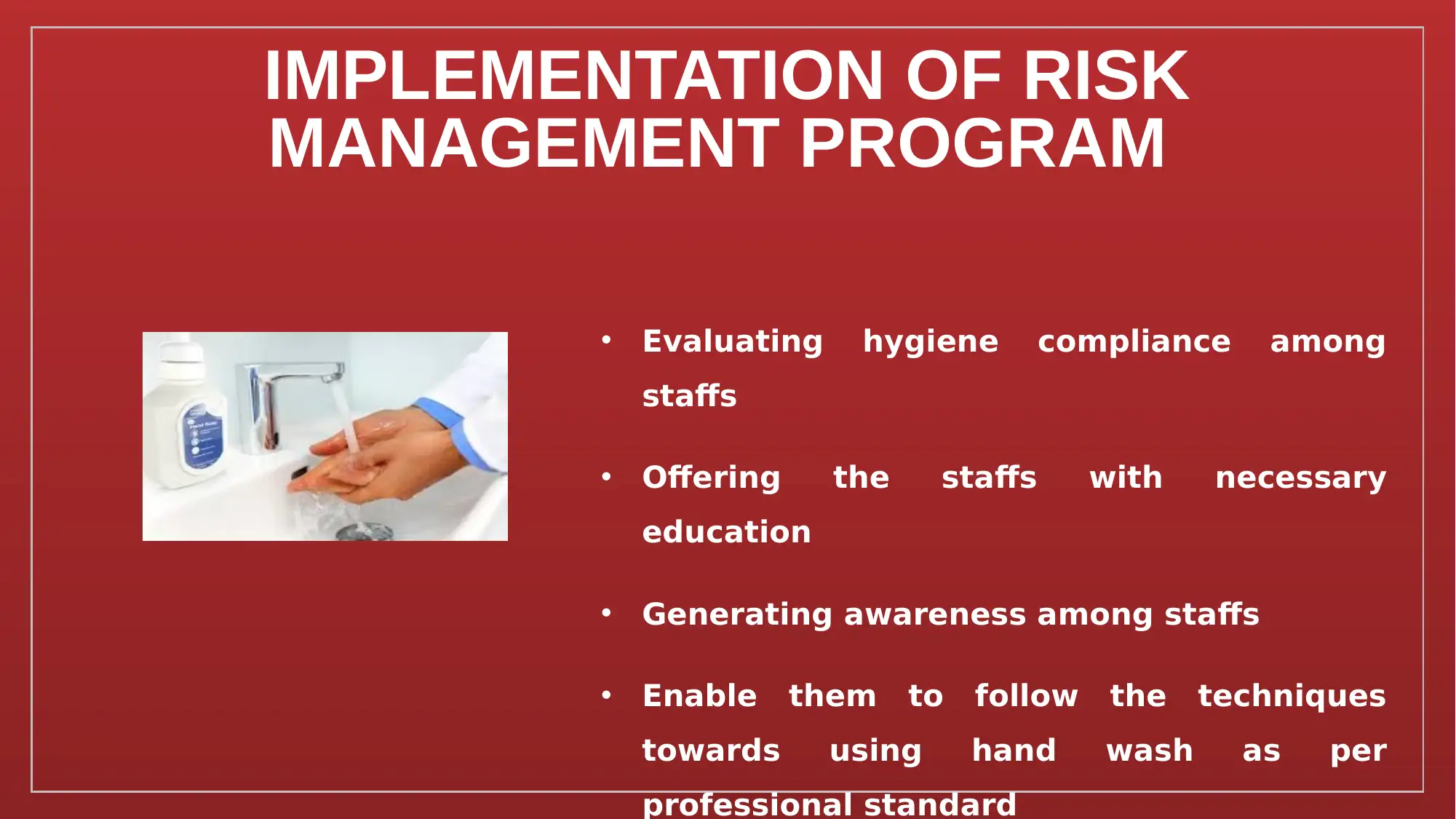
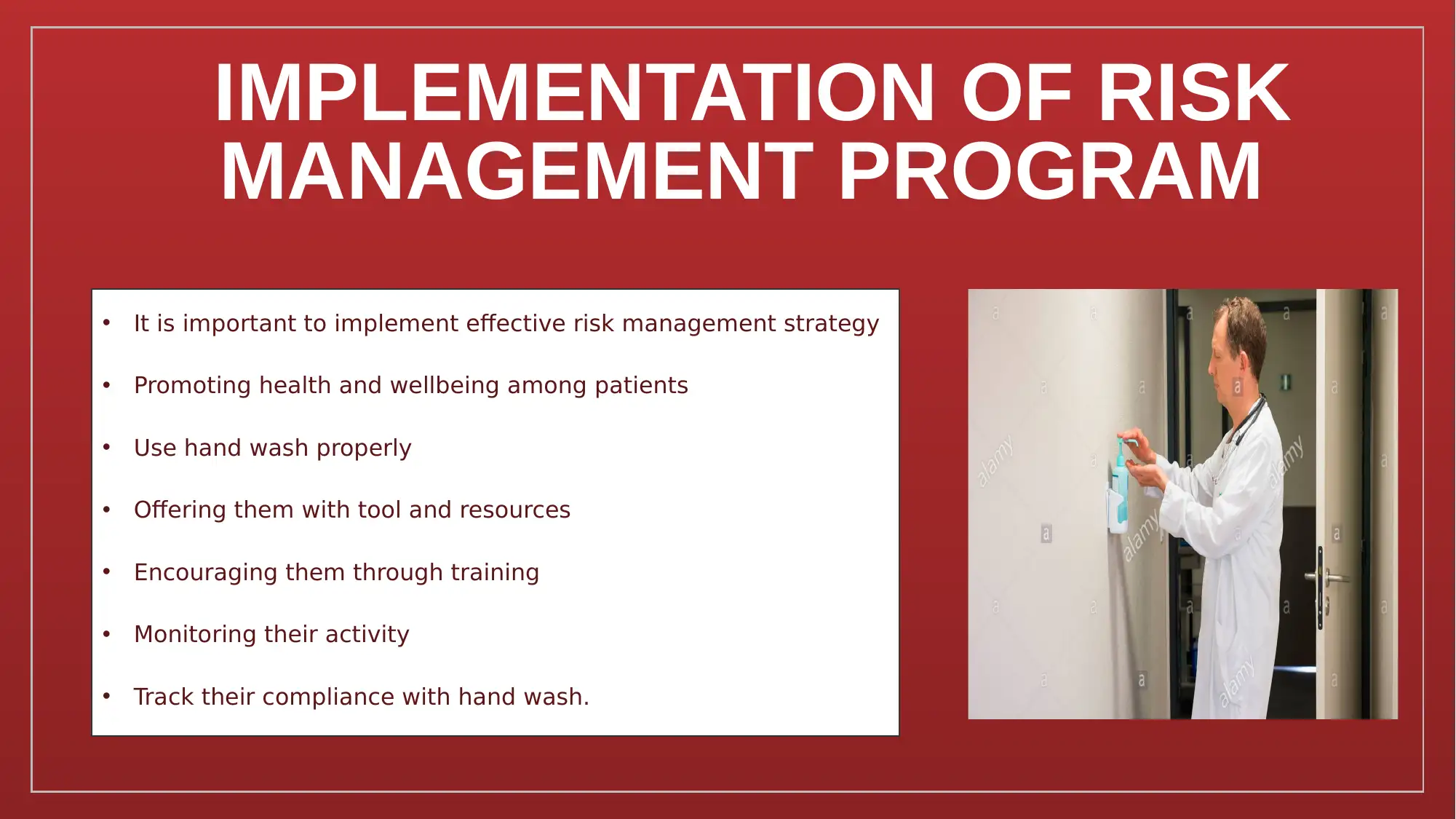
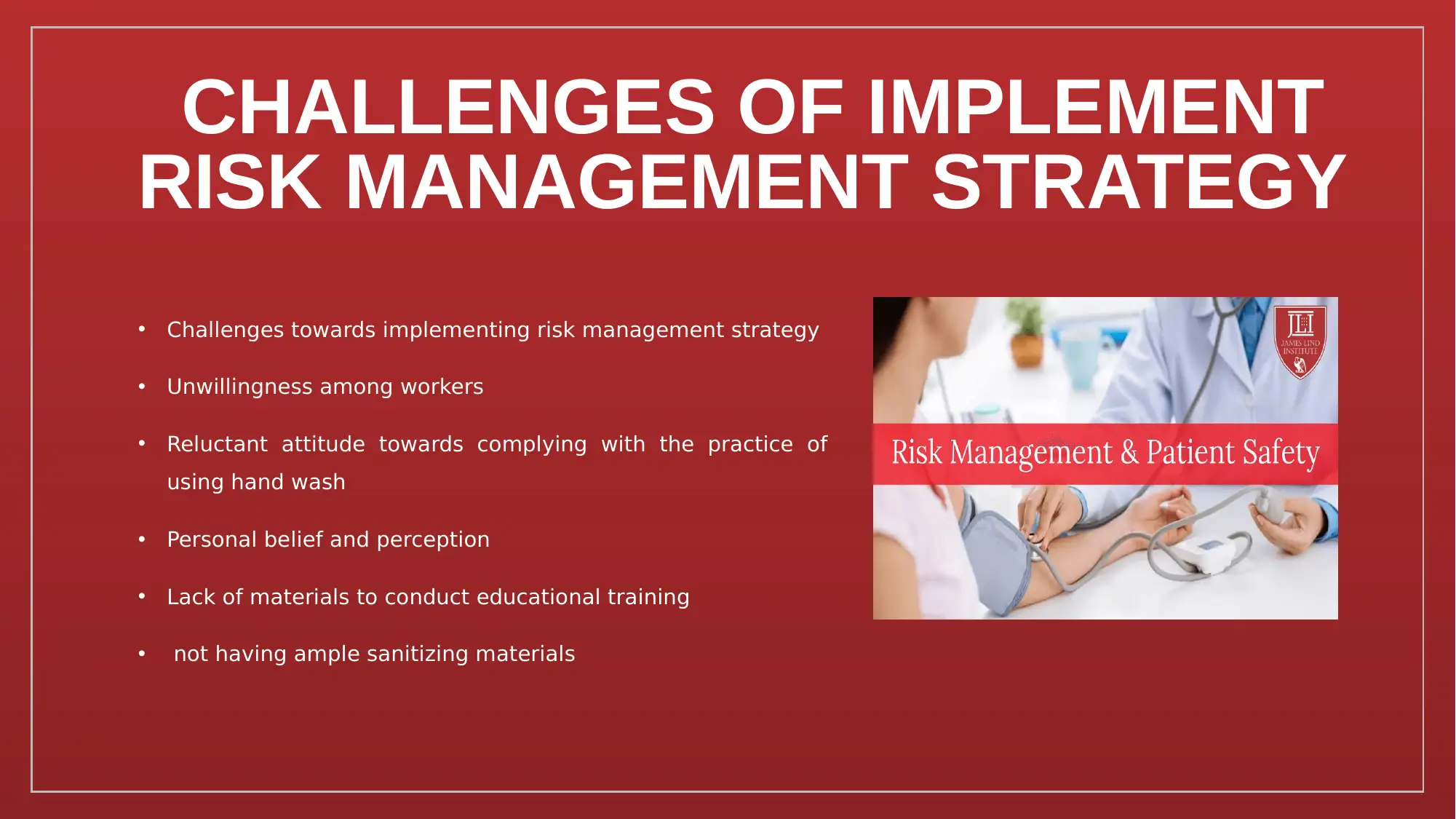
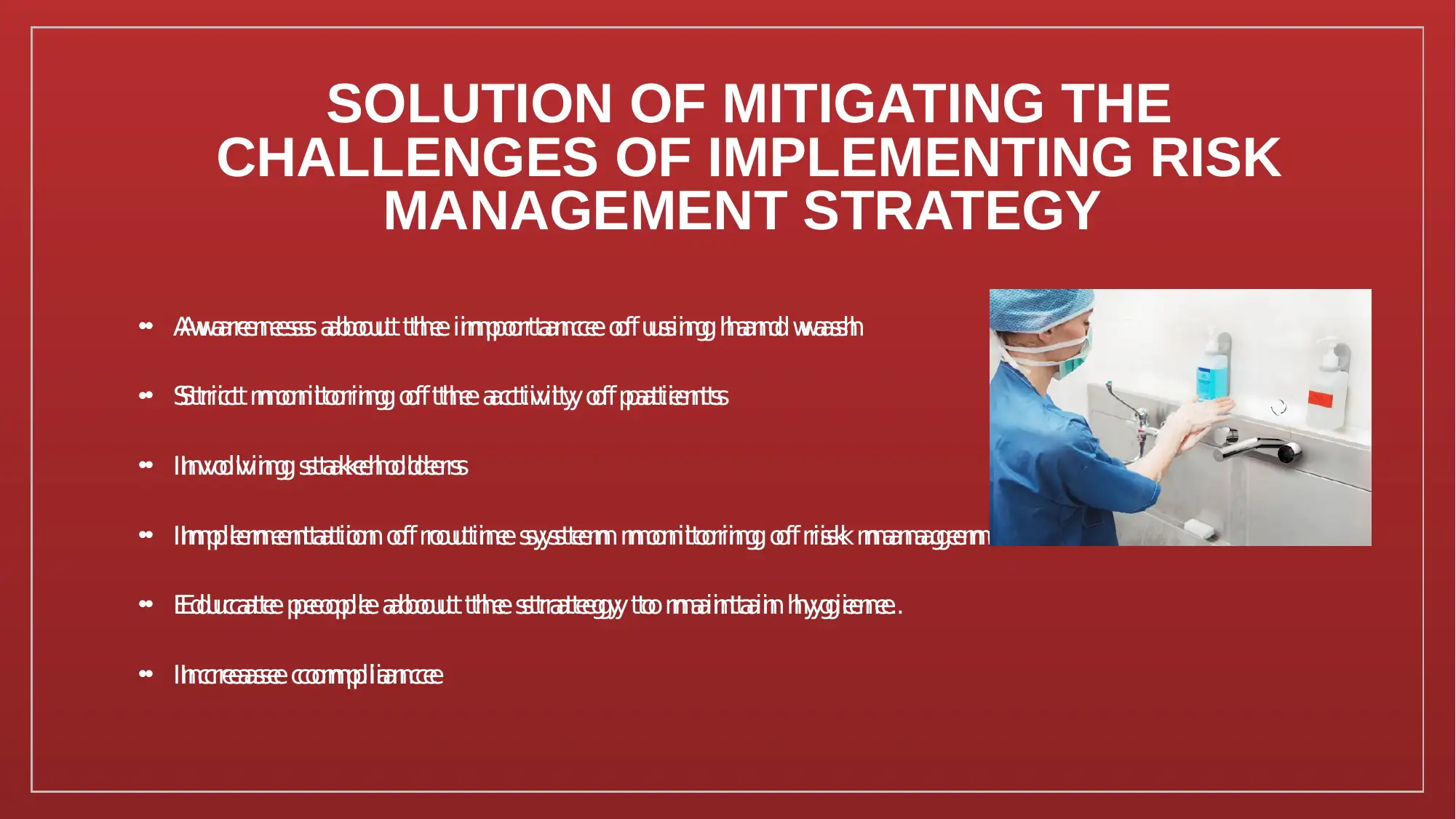
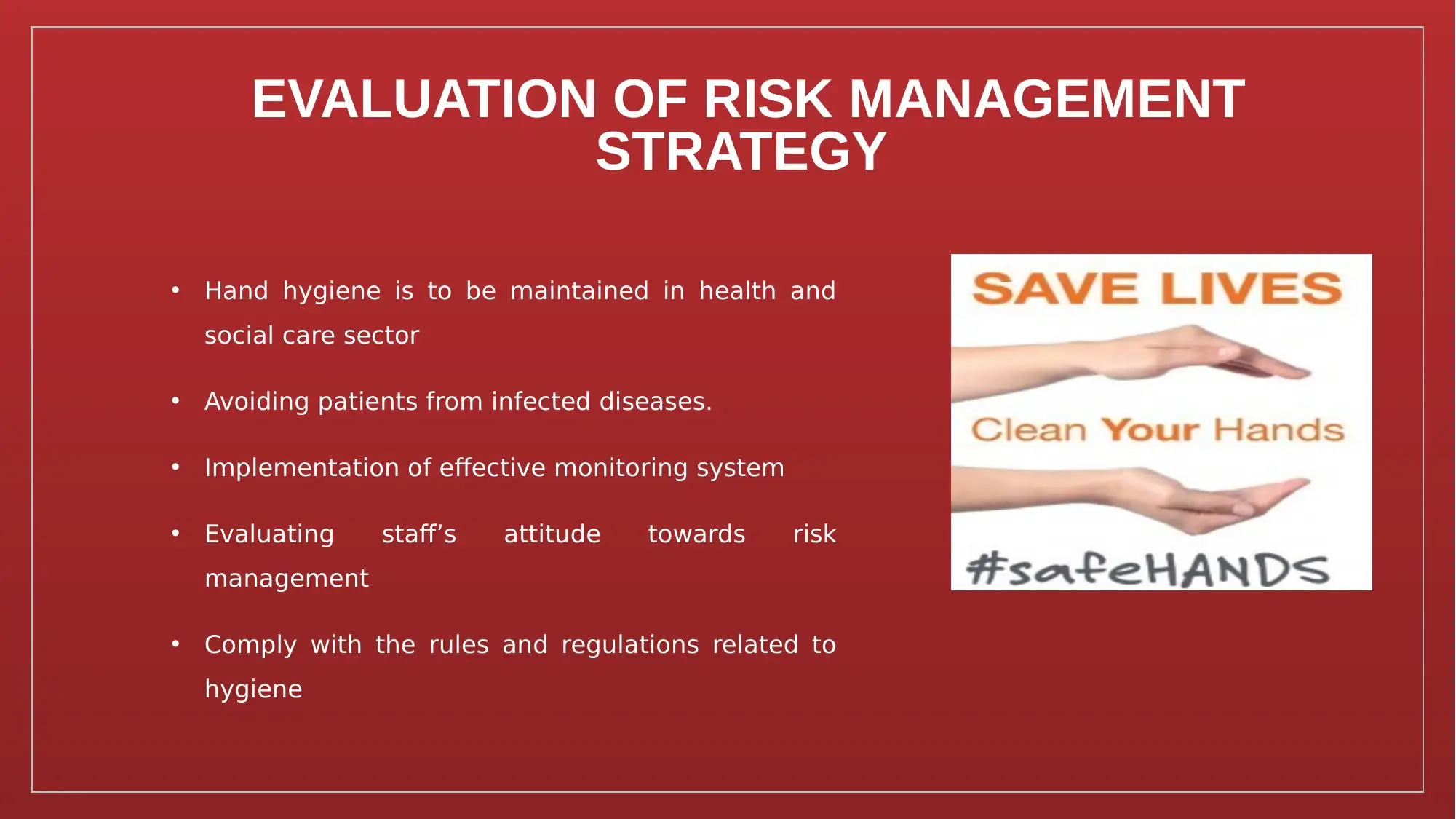
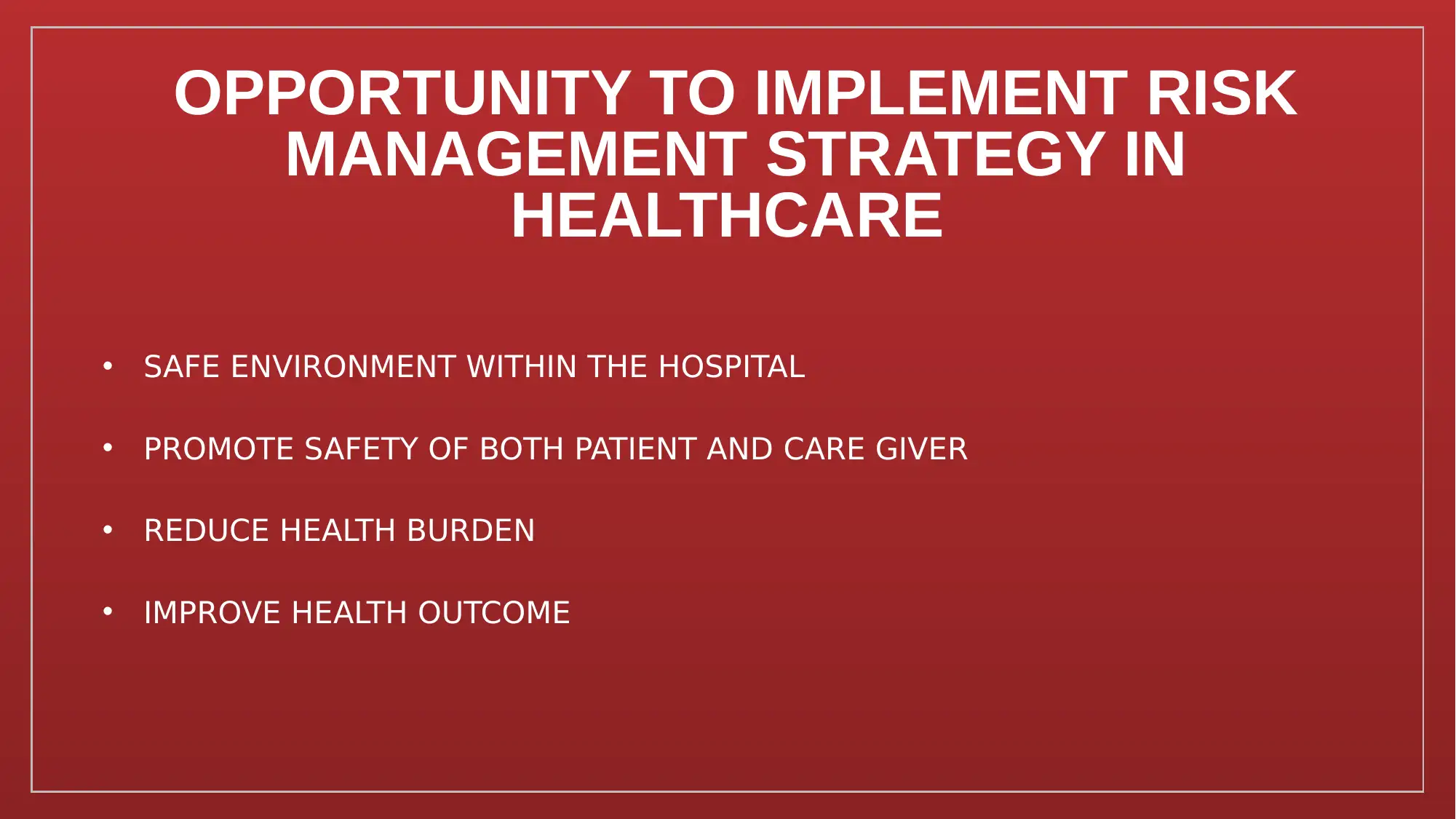
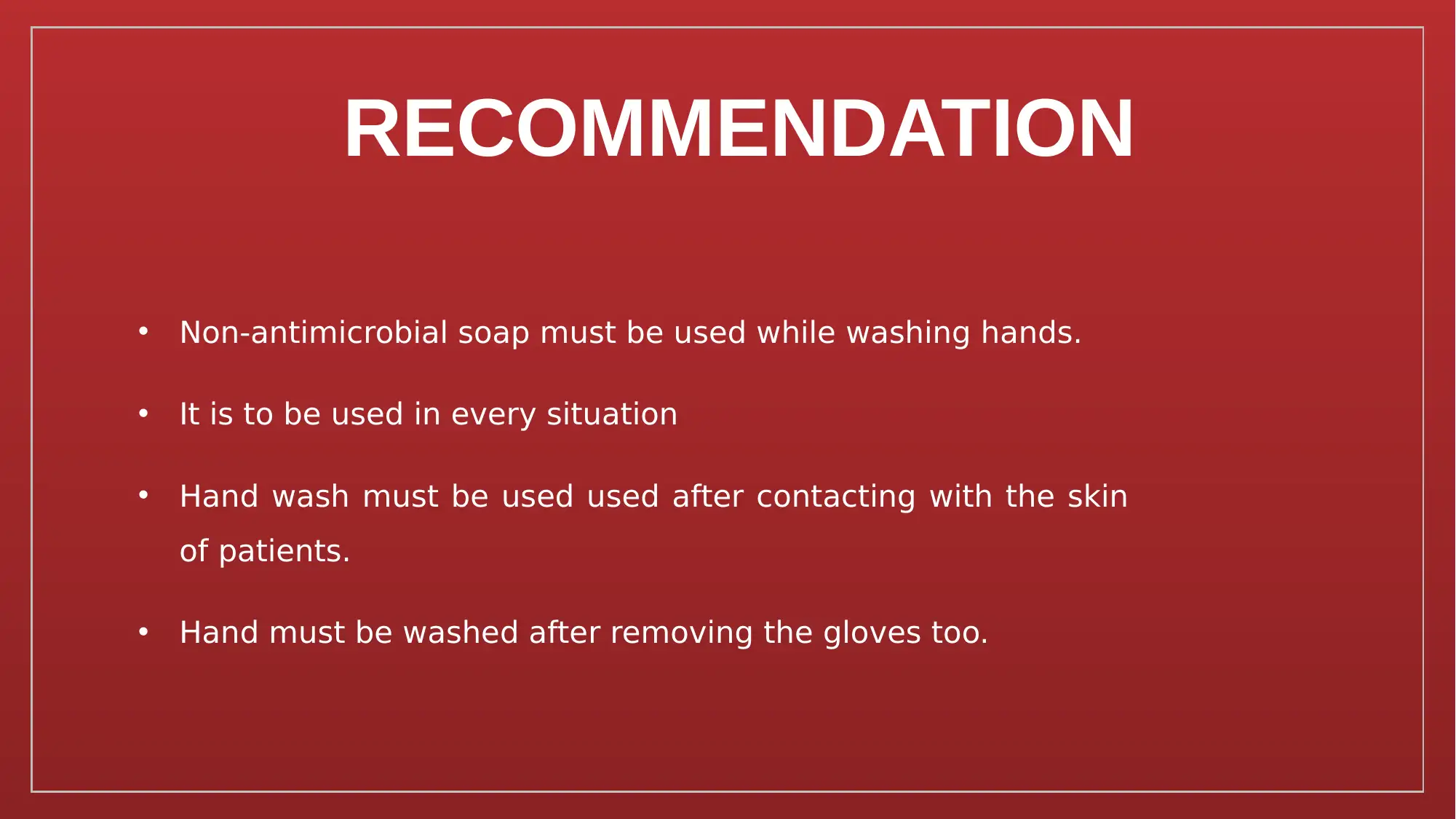






![[object Object]](/_next/static/media/star-bottom.7253800d.svg)